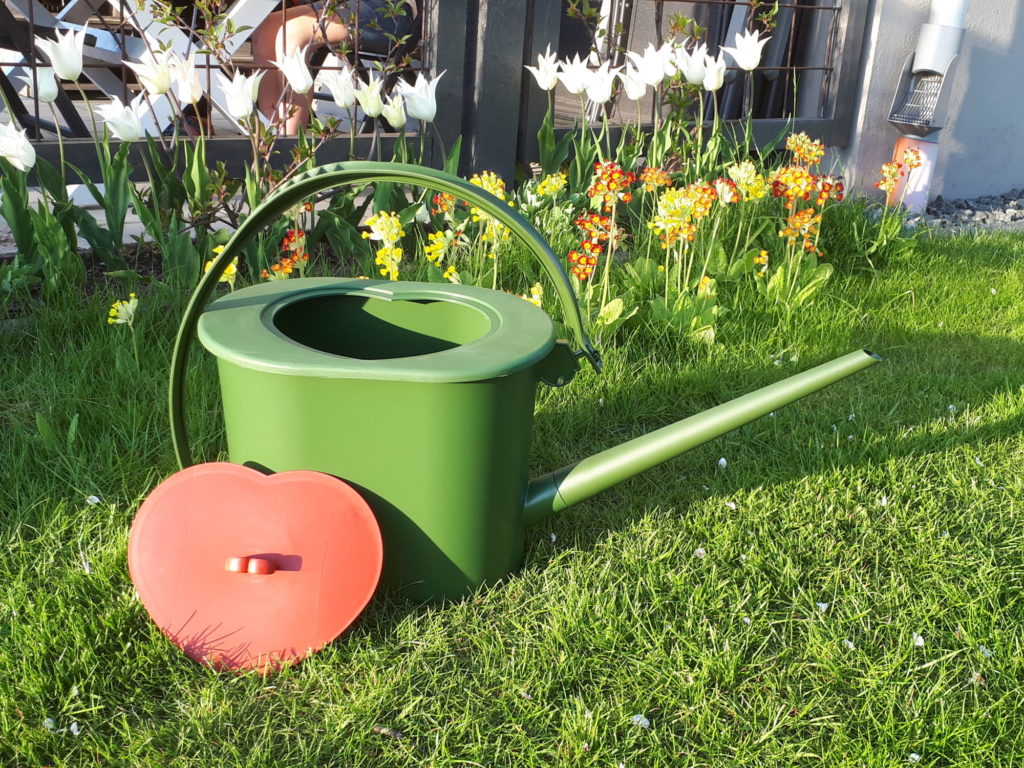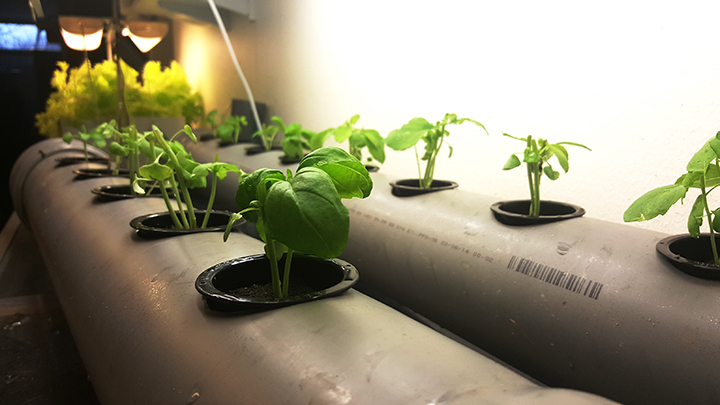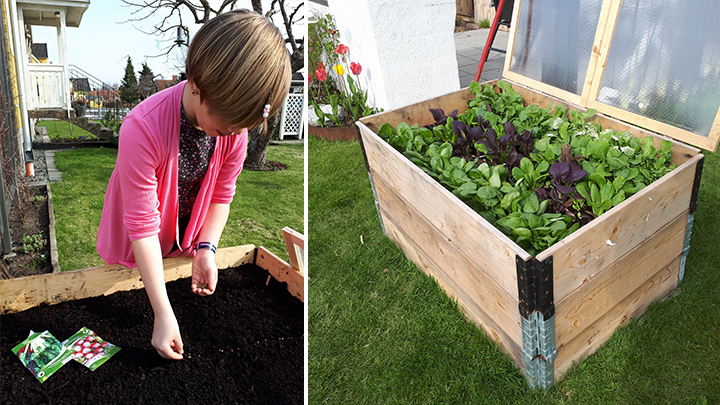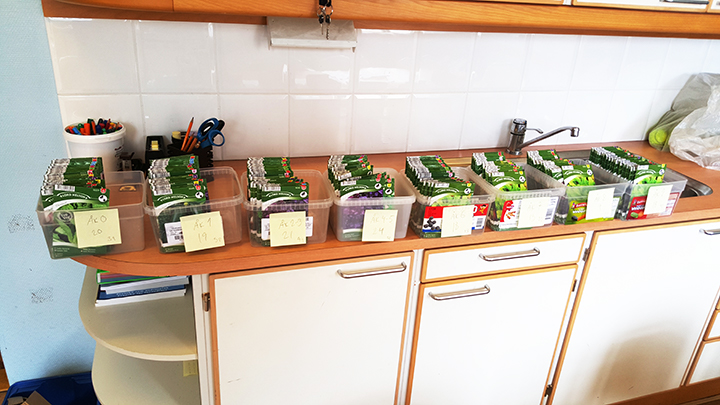News
Farming techniques for schools

Hydroponic indoor farming
We (Andreas and his students) farm in water with complete or partial artificial lightning. The nutrition for plants comes from added nutrients in the water. Easier type to make work is the so called “DWC” (deep water culture). These are continuously running bubbling air into standing water in the Natural Science class-room and in the windows of in the dining room. We mostly farm chili and basil.

Aquaponic farming
We farm in water with artificial lightning. The nutrition the plants gets come from an aquarium containing fish. This method is surely the best way to illustrate “the nitrogen cycle”. Everyone should have this in their classroom, but it requires a whole lot of attention. Due to all the time it takes, we only have one system at a time at the school running.

Microgreens
Microgreens are the easiest type of indoor farming. Growing your own small leaf vegetables goes fast, is cheap and requires minimum of sunlight. Everyone should have a dish with Microgreens running continuously. Both at home and in schools.

Hot beds
With a warmbench in the school garden we can do early seedling and harvest. With a favourable weather in spring we it can get up to 3 harvest of fast grown vegetables before summer holidays. Every class in the school has their own warmbench that gives them early harvest of new potatoes and gives us the opportunity to arrange our own harvest party with extra luxury school lunch the last week before summer holidays.

Farming as homework
The last year we have had the possibility to get seeds from garden stores. There have been seeds that went out of date or by other reasons were difficult to sell. These seeds are not very valuable for a private business, but are of very high value for us at school. It makes it possible to send with each student two pairs of seedling-vessels home. The commitment is then to farm a square meter and do a documentation in text and/ or pictures. Farming doesn’t need to happen at home, if one doesn’t have space. They can gladly farm at the place of a neighbour, relative or a friend. It also works to farm in a balcony or indoors and calculate the farming up to one square meter. The documentation of the farming is used during the autumn for several way in the education.

School garden
Now we have soon reached 4 years of farming. The steps to set up a school garden now feel natural for us. We have built a strong foundation together around the design. It shall not be a big space, so it doesn’t become a heavy job. It shall have integrated functions so there is the possibility to sit still and read. The more students that use the space, the more students help and take responsibility for it. We are currently fully busy with the construction of the garden. We look forward to evaluate what the farm will contribute to our school and our health profile.








